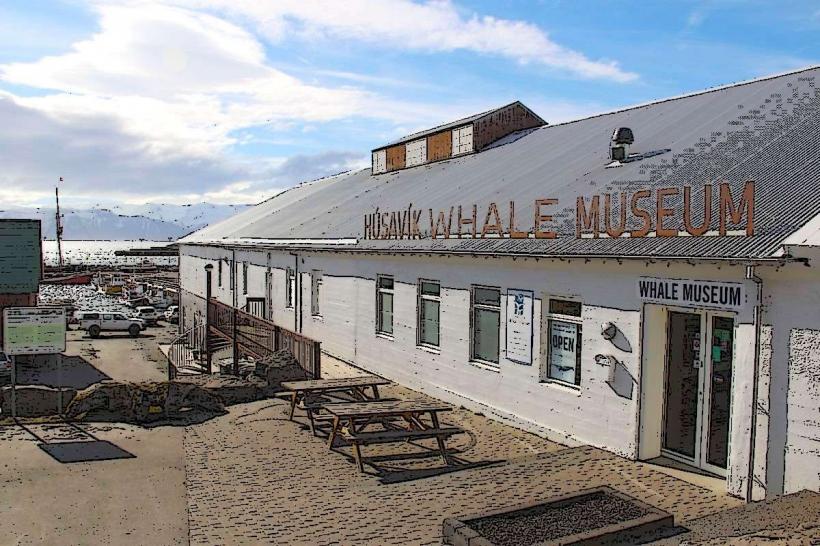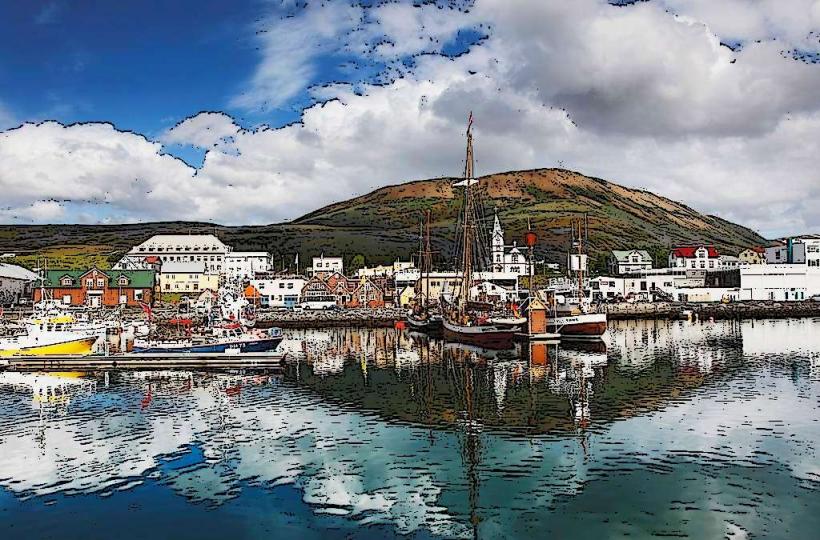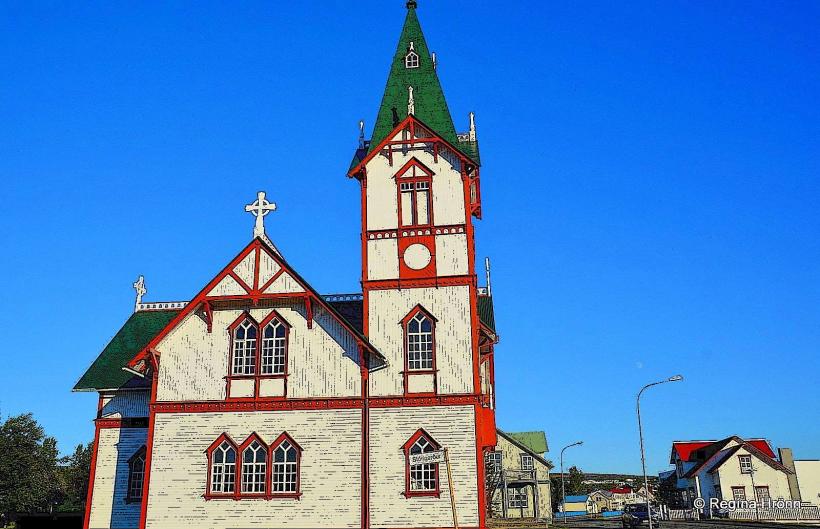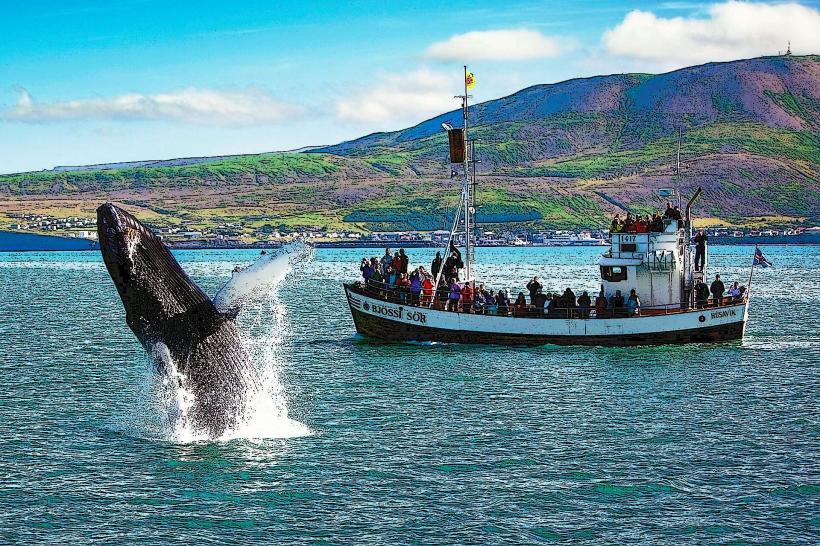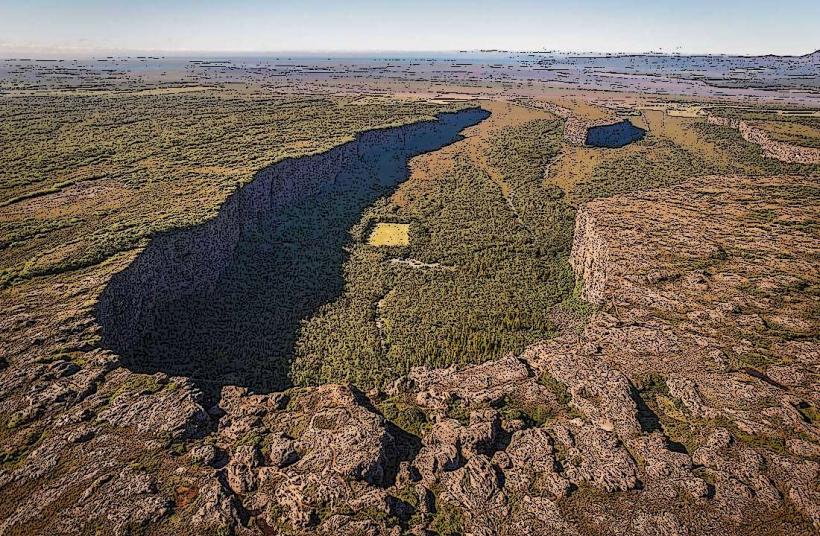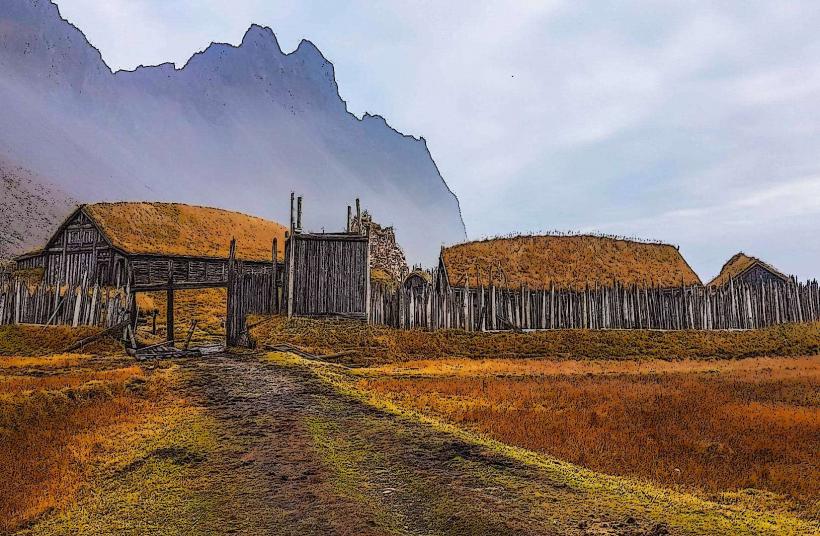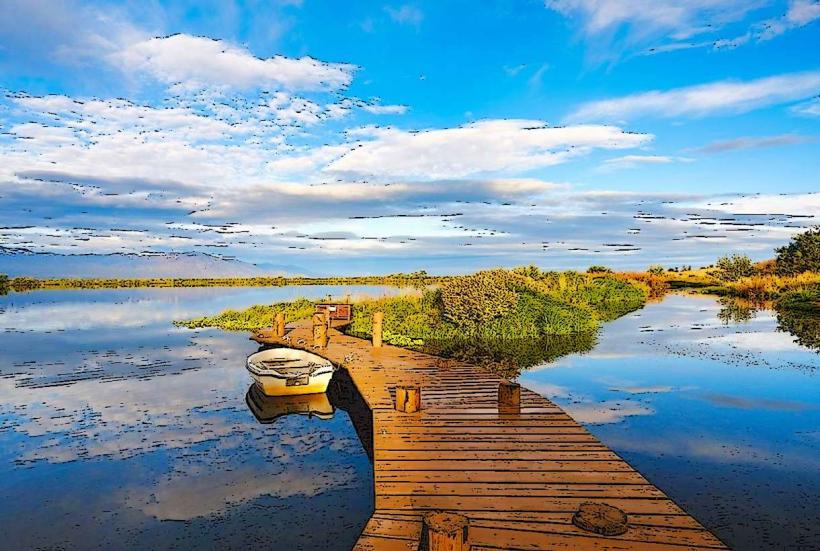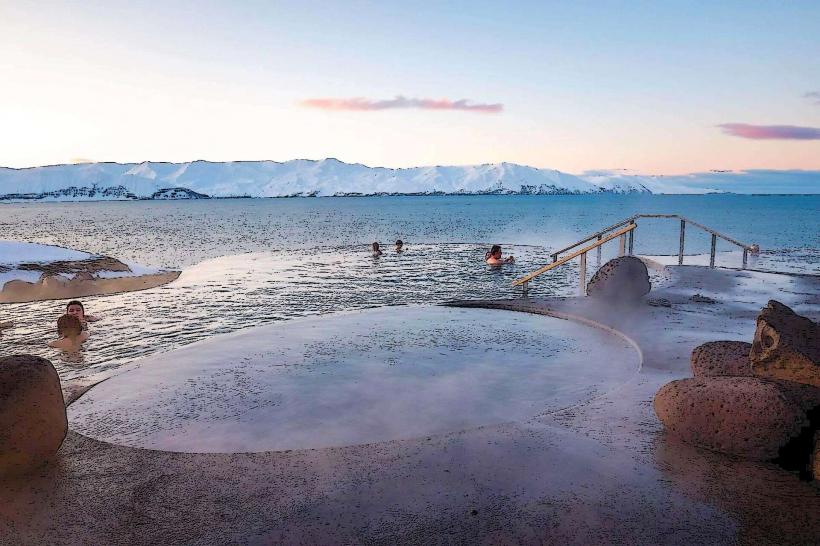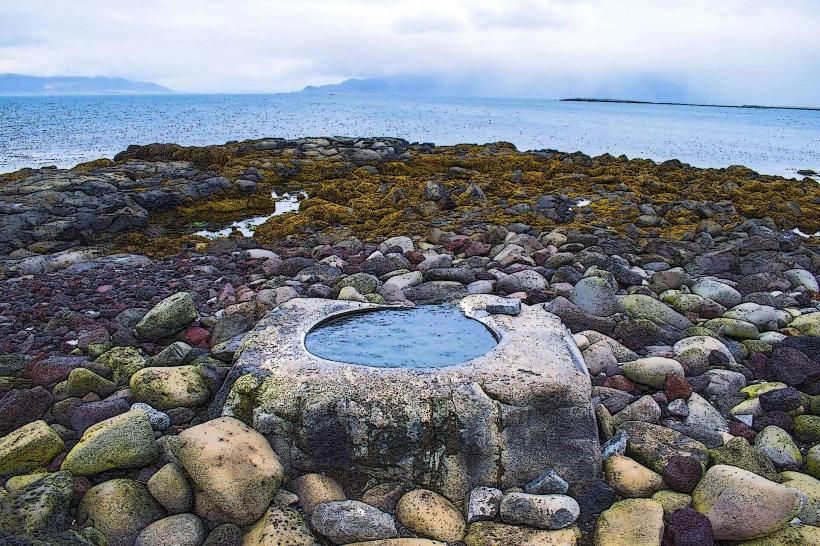Information
Landmark: Húsavík Geothermal Power StationCity: Husavik
Country: Iceland
Continent: Europe
The Húsavík Geothermal Power Station is an innovative and eco-friendly energy facility located in northern Iceland, near the town of Húsavík. It showcases Iceland's extensive use of its natural geothermal resources for sustainable power generation and heating, making it an essential site for those interested in renewable energy and technological advancements.
1. Overview
- Location: The power station is situated close to Húsavík, within a region abundant in geothermal activity due to its proximity to tectonic plate boundaries.
- Operational Status: Established in 2000, the station has been instrumental in generating electricity and providing district heating for the local community.
- Significance: It is one of Iceland’s smaller geothermal power plants but remains notable for its integration of technology and sustainability in a relatively small-scale operation.
2. Geothermal Resources
- Source: The Húsavík power station draws its energy from hot water reservoirs located deep underground, with temperatures reaching approximately 120–150°C (248–302°F).
- Technology Used: Unlike most geothermal plants in Iceland, which use steam for electricity production, the Húsavík station uses an innovative Kalina Cycle System. This system utilizes a mixture of ammonia and water as the working fluid, enabling more efficient energy extraction from lower-temperature geothermal resources.
3. Key Features
Electricity Generation:
- The plant has a modest electricity production capacity of about 2 megawatts (MW), enough to power the local community and contribute to the national grid.
- It demonstrates Iceland's capability to exploit lower-temperature geothermal systems, which are less common for electricity production.
District Heating:
- Excess thermal energy is used for district heating, supplying hot water for local homes, businesses, and public facilities in Húsavík.
- The system reduces reliance on fossil fuels, significantly cutting down the town’s carbon footprint.
Innovation with Kalina Cycle:
- The Kalina Cycle is a cutting-edge technology for geothermal energy production. By using an ammonia-water mixture, it can extract more energy from lower temperatures compared to traditional Rankine cycle systems.
Environmental Benefits:
- The power station produces near-zero emissions and operates with minimal environmental impact.
- By utilizing geothermal resources, it avoids the greenhouse gas emissions associated with fossil fuel energy sources.
4. Educational and Tourism Potential
Learning Opportunities:
- The Húsavík Geothermal Power Station serves as a model for renewable energy projects worldwide, attracting researchers, engineers, and environmentalists interested in studying its systems.
- Visitors can learn about the Kalina Cycle and Iceland’s innovative approaches to sustainable energy.
Guided Tours:
- Some geothermal power stations in Iceland offer guided tours where visitors can see the technology in action and understand the science behind geothermal energy. While smaller than other facilities, Húsavík’s plant occasionally participates in educational programs.
5. Nearby Attractions
The power station is located near several other notable attractions in the Húsavík area:
- Geosea Geothermal Baths: These baths, located a short distance from the power station, use geothermal seawater for a relaxing spa experience.
- Húsavík Whale Museum: A cultural and educational attraction that complements the scientific interests of visitors.
- Skjálfandi Bay: Known for whale-watching tours, offering a blend of natural beauty and marine biodiversity.
6. The Role in Iceland’s Energy Landscape
- Iceland is a global leader in renewable energy, with over 85% of its energy needs met by geothermal and hydroelectric sources. The Húsavík Geothermal Power Station exemplifies this commitment to sustainability, showcasing how smaller-scale facilities can contribute to clean energy initiatives.
7. Conclusion
The Húsavík Geothermal Power Station represents Iceland's forward-thinking approach to harnessing geothermal resources for sustainable energy production. It is a key example of innovation in utilizing low-temperature geothermal systems and plays a vital role in the local energy infrastructure. Visitors to Húsavík with an interest in renewable energy and eco-friendly technology will find this facility a fascinating part of the region's commitment to a greener future.

